The Finland’s Education System is renowned worldwide for its innovative methods and high standards. It consistently ranks among the best in global education assessments, demonstrating its dedication to providing an education that is equitable, efficient, and focused on the needs of the student. This case study looks at the main aspects, changes, and effects of Finland’s education system. It reveals how well it works and what other countries can learn from it.
An Overview of Finland’s Education System: Background and Context
The emphasis on equality, student well-being, and teacher professionalism distinguish Finland’s education system. Pre-primary, basic, and upper secondary education are all included in the free and obligatory education that is provided to children aged 7 to 16. Additionally funded by the government, higher education is accessible to all students.
Philosophy of Education:
The emphasis in Finnish education is on individualized learning, critical thinking, and holistic development, and it is based on the principles of equity and inclusivity. The system aims to instill a love of learning and gives students’ well-being top priority.
Important Characteristics of the Finnish Education System in Terms of Teacher Professionalism:
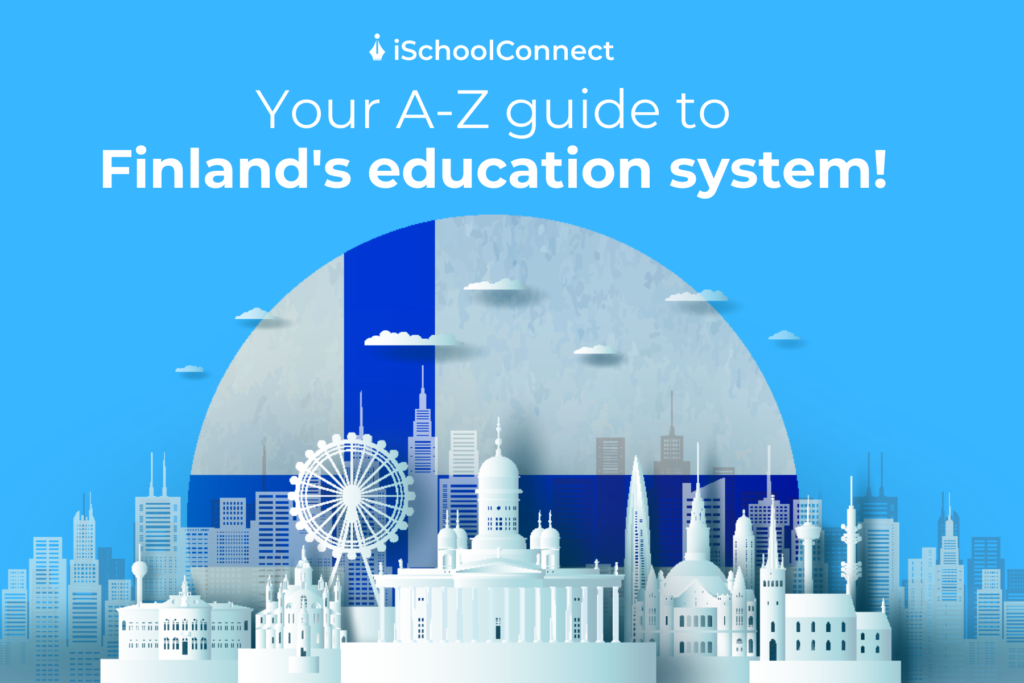
Background: In Finland’s Education System, teachers are highly regarded professionals. The teaching profession is competitive, and entry requires a master’s degree. Teachers are trusted to develop and implement their own curricula with autonomy.
Initiatives: Continuous professional development, research-based practices, and pedagogical knowledge are all emphasized in teacher education programs. It is expected of teachers to be reflective practitioners who continuously enhance their methods and skills.
Case Study: The University of Helsinki’s teacher training program is well-known for its rigorous selection process and extensive curriculum. Graduates are prepared to implement novel teaching methods and have advanced pedagogical skills.
Centered Learning for Students:
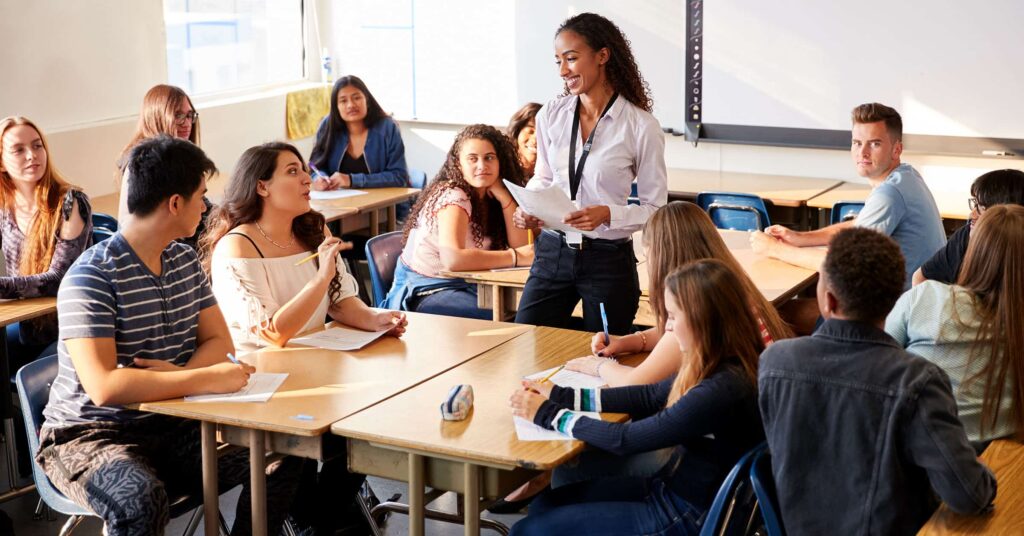
Background: The education system in Finland places an emphasis on student-centered learning, in which students’ interests, requirements, and capabilities direct the curriculum.
Initiatives: Because curriculum design is adaptable and flexible, teachers can tailor instruction to each student’s needs. Promoting active learning, critical thinking, and problem-solving abilities are the primary goals.
Case Study: Students are given the opportunity to investigate real-world topics from a variety of angles with the “phenomenon-based learning” method. Students might be able to comprehend and address complex issues holistically through the integration of science, geography, and ethics in a climate change project, for instance.
Equality and Openness:
Background: One of the pillars of the Finnish educational system is ensuring that all students have equal opportunities. Students from various backgrounds are offered assistance and resources.
Initiatives: Special education services are incorporated into regular classrooms, and students who struggle with learning or come from disadvantaged backgrounds can get more help. Until the end of upper secondary school, there are no standardized tests.
Case Study: Students who require additional assistance are provided individualized support through the “Support Measures” program, which includes additional tutoring, counseling, and specialized interventions.
Education from a holistic perspective:
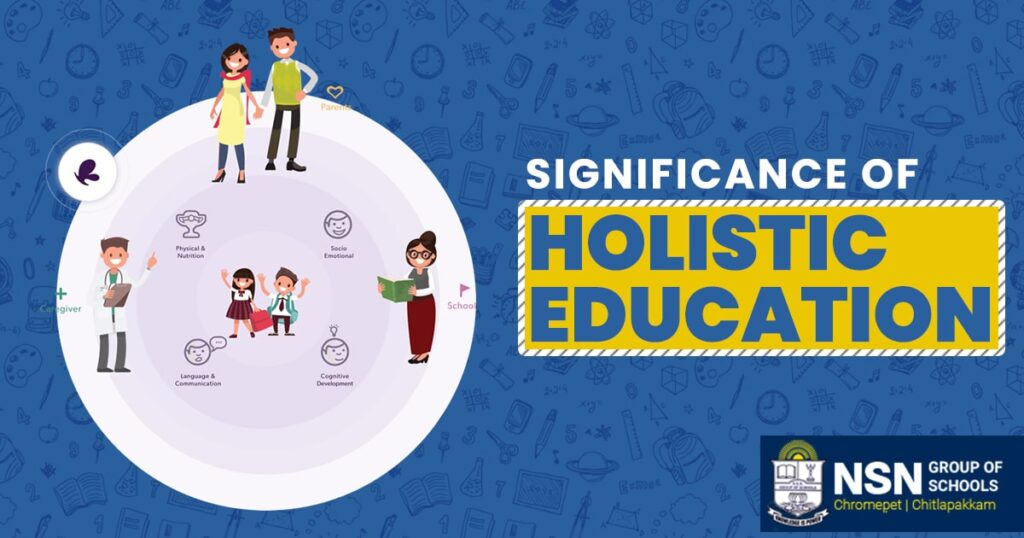
Background: The physical, emotional, and social development of students are all given top priority in Finnish education.
Initiatives: Arts, physical education, and life skills are all part of the well-rounded education provided by schools. Strong teacher-student relationships and the creation of a positive school environment are heavily emphasized.
Case Study: To help students’ mental health and well-being, Finnish schools frequently incorporate mindfulness practices and outdoor education activities. The “School Lunch Program” makes sure that every student gets healthy meals, which helps them do better in school and in general.
Evaluation and Evaluation:
Background: In Finland, assessment is mostly used to help students learn, not to rank schools or students. Feedback is ongoing and instructive.
Initiatives: Observations, student self-assessments, and performance-based assessments are just a few of the assessment strategies utilized by teachers. At specific points, like the matriculation exam at the end of upper secondary education, national assessments are given.
Case Study: At the conclusion of upper secondary education, the primary form of summative assessment is the “National Matriculation Examination.” It serves as a gateway to higher education and evaluates students’ knowledge and abilities in a variety of subjects.
Impacts and Efforts to Reform Curriculum Reforms:
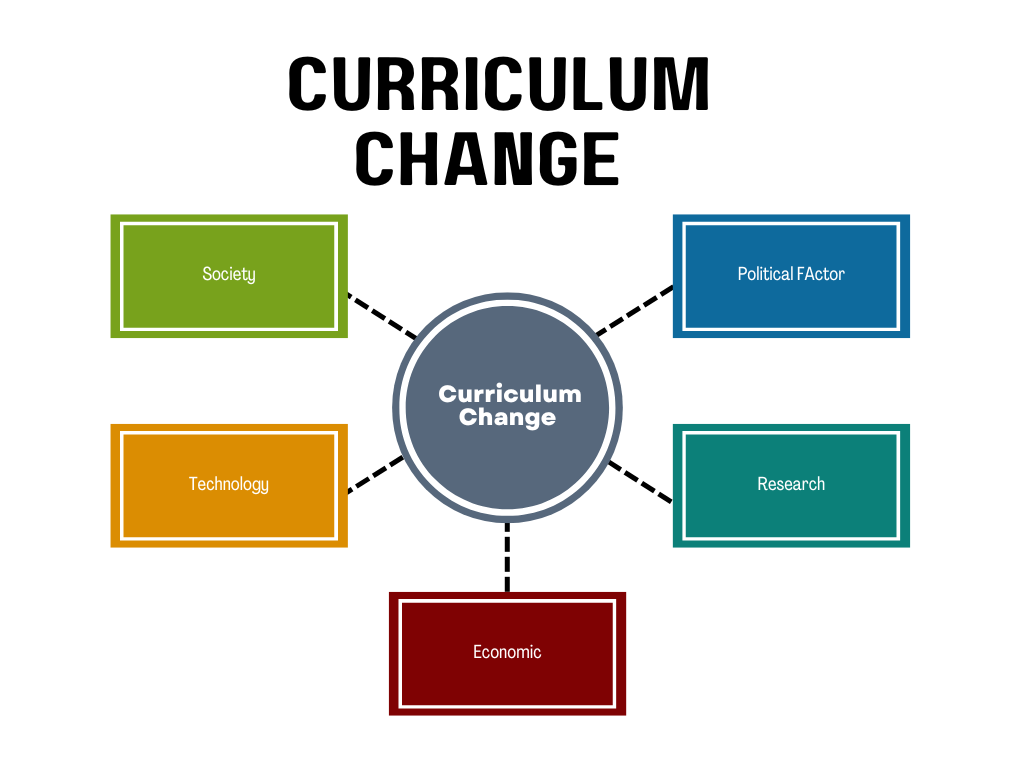
Background: The national curriculum is updated on a regular basis by the Finnish National Agency for Education to reflect societal shifts and advancements in educational research.
Reforms: The integration of digital literacy, the promotion of interdisciplinary learning, and the emphasis on 21st-century skills like creativity and collaboration have been the primary goals of recent curriculum reforms.
Impact: Students in Finland have been able to develop useful skills and adapt to a world that is rapidly changing thanks to these reforms. Students’ engagement and comprehension have increased as a result of the integration of technology and interdisciplinary learning.
Priority given to Early Childhood Education
Background: Finland has made significant investments in early childhood education because it is aware of the significance of early education.
Initiatives: Play-based learning and social-emotional development are the primary focuses of free and accessible early childhood education. The objective is to establish a solid foundation for subsequent learning.
Impact: Children in Finland who receive high-quality early childhood education have higher levels of academic and social success and are better prepared for formal education, according to research.
Local Autonomy and Decentralization:
Background: Schools and municipalities have a great deal of autonomy when it comes to putting educational practices into practice, even though the national curriculum provides broad guidelines.
Initiatives: Schools are encouraged to create their own practices and curricula that meet the needs of their communities and local environment. This decentralization encourages creativity and adaptability.
Impact: Education approaches that are individualized to meet the requirements of particular communities have emerged as a result of local autonomy. Additionally, it gives educators the authority to take responsibility for their work and make decisions based on local knowledge.
Obstacles and Directions for the Future Keeping Equity:

Challenge: It is still difficult to ensure that all students, regardless of background, continue to receive high-quality education and support.
Plan for the Future: Maintaining equity necessitates a constant focus on providing additional resources and assistance to disadvantaged regions and students.
Adapting to Changes in Technology:
Challenge: Curriculum and teaching methods must be continuously updated in light of rapid technological advancements.
Plan for the Future: It will be essential to successfully integrate technology into education while maintaining a balance between traditional teaching methods. This transition will be supported by teachers’ digital skills professional development.
Taking Care of Mental Health:
Challenge: Students’ increased awareness of mental health issues requires ongoing assistance and resources.
Plan for the Future: Supporting students’ academic success and overall health will require expanding mental health services and incorporating well-being into the school environment.
Conclusion
The emphasis on equity, student-centered learning, and teacher professionalism characterize Finland’s educational system, which is widely regarded as an example of excellence. The system’s success is rooted in its dedication to providing an inclusive education of high quality while adapting to changing requirements and obstacles. The education system of Finland can be used as a model by other nations looking to improve their own educational practices and outcomes as the country continues to innovate and address emerging issues.

